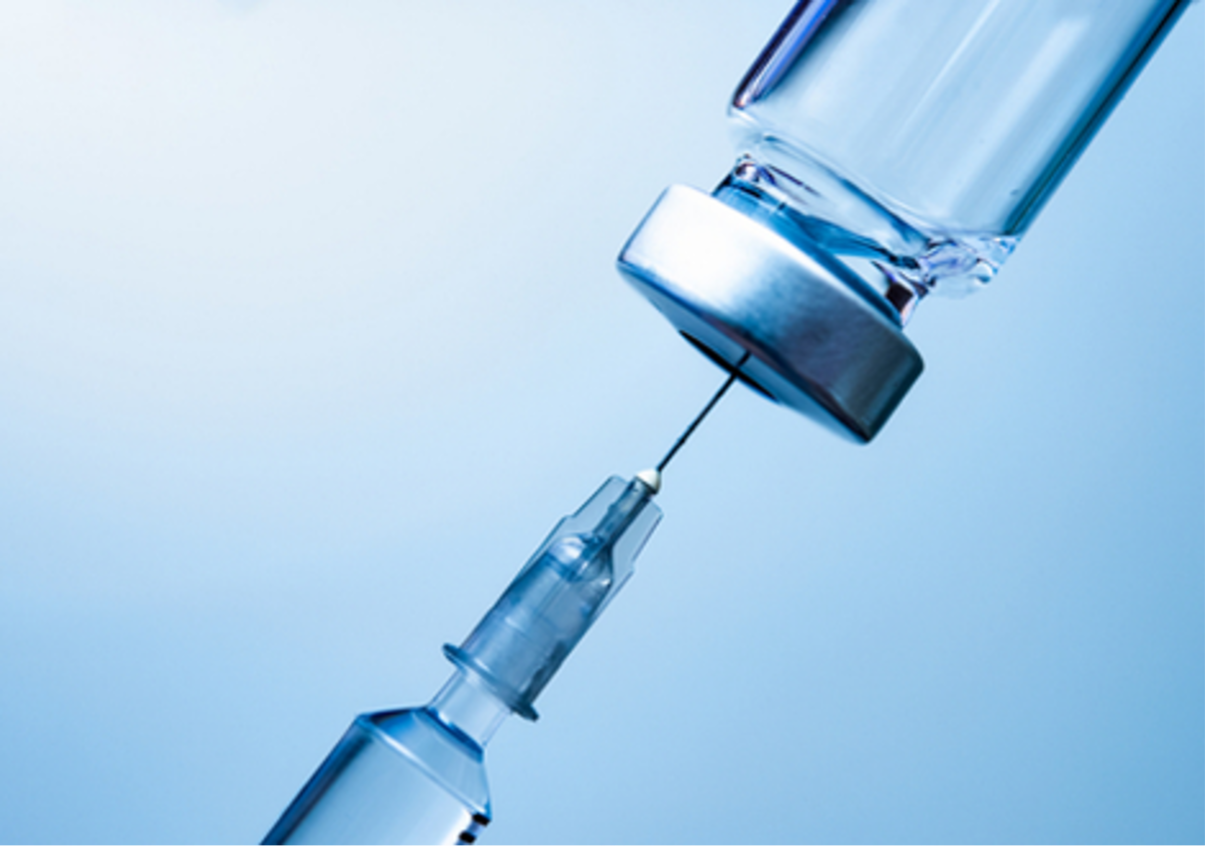Ensuring products remain effective and reach patients uncontaminated is the heart and soul of biopharmaceutical manufacturing, and Container Closure Integrity Testing (CCIT) is pivotal to achieving that goal. CCIT is particularly important when it comes to the sterility of vials and syringes used to store and administer high-value drugs and vaccines. These often small-batch products are susceptible to contamination, and any breach in their containers can lead to product recalls, financial loss, and most importantly, risks to patient health.
The U.S. Federal Drug Administration (FDA) is acutely aware of these risks, which is why it rigorously enforces CCIT through United States Pharmacopeia (USP) 1207. The guidelines provide a framework for CCIT, delineating methodologies that manufacturers must use to ensure the integrity of their container closure systems. USP 1207 categorizes CCIT methods into two main types: probabilistic and deterministic.
- Probabilistic methods are typically indirect and rely on the likelihood of detecting a leak rather than a direct measurement. They are often less expensive and faster but may not provide the same level of sensitivity as deterministic methods. Dye and microbial ingress tests are biopharma products’ most common probabilistic methods.
- Deterministic methods, on the other hand, provide a direct and quantitative measure of container integrity and are known for their accuracy and reliability. These methods often require more sophisticated instrumentation and include tests for helium leak detection, high-voltage leak detection and laser-based gas headspace analysis.
Container Closure Integrity Testing is not merely about fulfilling a requirement; it’s a comprehensive approach to ensuring product integrity from the manufacturing line to the patient’s hands. But choosing the right CCIT method depends on several factors.
Choosing a suitable CCIT method
Biopharma product manufacturers often choose the most appropriate CCIT method based on their specific product and packaging type.
Deterministic methods are especially valuable for their precision and ability to detect very small leaks—factors that probabilistic methods may miss. One of the most common and versatile deterministic methods used is CO2 headspace analysis. It can detect even the subtlest changes in carbon dioxide levels within a sample, indicating potential compromises in container closure integrity.
The analyzer demonstrates impressive sensitivity, but its adaptability is its standout feature. Minor adjustments are all it takes to configure the instrument for vials, syringes and biopharma products of all shapes and sizes. This versatility is also what makes it a valuable tool when transitioning from testing biopharma products to combination medical products.
The analyzer is also remarkably effective for biopharma products that require cryo storage. One of the critical challenges in the industry has been ensuring container integrity at extreme temperatures. Traditional probabilistic methods—e.g., the blue dye test—may not reveal leaks at cryogenic temperatures since materials like elastomeric stoppers can shrink and reseal once they are returned to room temperature.
Such advanced CCIT methodologies not only fulfill regulatory mandates but also give manufacturers the confidence that their products remain sterile and effective, safeguarding both their investments and, most importantly, patient health.
CCIT cost & timeline
CCIT can occur at various stages of the product development lifecycle. The test itself is quick; results can be obtained in seconds per sample, making it possible to process many samples quickly. Some manufacturers may even integrate this testing into their production lines for real-time quality control. However, CCIT is critical once a manufacturer has confirmed all product components and is ready to begin their stability program.
At that point, CCIT becomes part of routine lot release testing, helping to validate the ongoing integrity of the product throughout its shelf life. Initial validation is the most resource-intensive phase of CCIT, involving new parts and standards for each new product type. Swapping out parts, reconfiguring instrumentation and revalidation can take months, but the per-sample testing cost is relatively modest once it’s complete.
The advantages of CO2 headspace analysis
The heightened sensitivity of advanced CCIT technologies—like the CO2 headspace analyzer—also enhances data accuracy. The instrument’s accuracy is validated using standards that exhibit a range of controlled leaks created by laser-drilled holes, ensuring that the device’s sensitivity is consistent across all detection levels, from the very low to the high (measured in tau units). This guarantees that there is no loss of accuracy or sensitivity even at lower detection thresholds. The implications of using a CO2 headspace analyzer for biopharma manufacturers is clear: the data provided by such a sensitive instrument is robust, offering a high degree of confidence in the integrity of the container closure systems.
Partnering with a laboratory specializing in CCIT also offers distinct advantages, mainly the convenience of a one-stop shop. Centralized services allow clients to deliver samples to a single location where specialized departments handle different aspects of testing. This simplifies logistics and enhances the coherence and integration of data management. Clients receive a comprehensive report from a single source, eliminating the need to coordinate between multiple testing facilities and ensuring data integrity.
Moreover, integrating CCIT with an existing stability testing program allows biopharma manufacturers to submit samples and have them undergo various tests over extended periods. This means samples can be stored and tested at different intervals to monitor for leaks over time, providing ongoing assurance of product integrity. But early partnership is the key to unlocking these advantages.
Engaging with an experienced lab partner during quality control checks and leading up to lot release can ensure that CCIT is integrated seamlessly into the manufacturing process. This early collaboration can help streamline the path to regulatory compliance and market release, ensuring that every batch meets the highest standards of integrity testing. For biopharma manufacturers, these considerations are not just about regulatory adherence but are also strategic, affecting the speed and efficiency with which they can deliver safe and effective products to market.
A final word about CCIT
The financial and logistical aspects of CCIT, including initial validation costs and testing efficiency, are important considerations for biomanufacturers. However, the overarching advantage lies in the confidence these tests instill in the sterility and stability of life-saving medications and vaccines. By partnering with an experienced lab, biopharma manufacturers gain access to streamlined services, integrated data management and a breadth of expertise—all of which contribute to the timely release of high-quality biopharma products. Early engagement with these lab partners can pave the way for seamless manufacturing, regulatory compliance and the successful delivery of products to patients in need.


